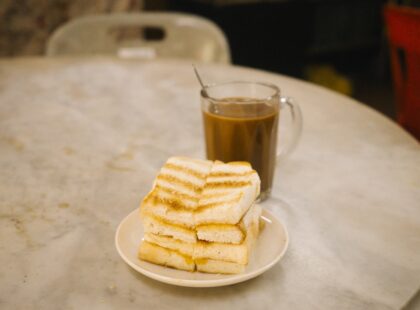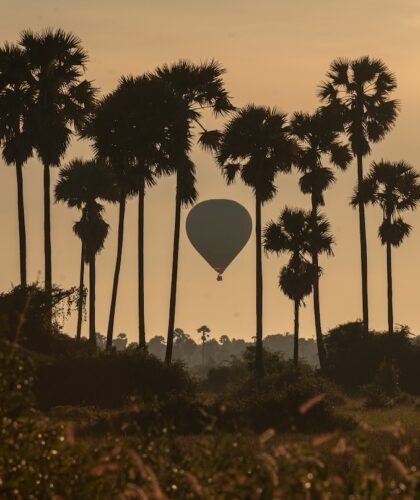James Turrell’s art is kind of a rare thing in Southeast Asia. The 82-year-old Los Angeles-born artist – known for works that turn empty spaces into hypnotic fields of colour using mostly just natural light sources – has a habit of working at monumental scales, often in far-flung locations, such as his ongoing Roden Crater project in the middle of the Arizona desert. However, major pieces can also be found in American institutions such as LACMA in Los Angeles, the de Young Museum in San Francisco, the National Gallery of Art in Washington, DC and the Guggenheim in New York. (Deep-pocketed fans like Kim Kardashian and Kendall Jenner have commissioned pieces at home.)

For fans in Singapore and the region, the nearest place to see Turrell’s works is East Asia, though it has been reported that a new work will be unveiled at Dib International Contemporary Art Museum in Bangkok when it opens in December 2025. In the meantime, fans can catch his new works at Pace Gallery in Seoul until 27 September, and three permanent spots in Japan.
Seoul: “The Return” at Pace Gallery
Turrell’s first solo in Seoul since 2008 takes over all three floors of Pace’s Itaewon gallery, with five recent installations including a new, site-specific Wedgework.

The show also includes photographs and works on paper that trace his decades-long pursuit of making light the subject. Until 27 September.
Via Tokyo: House of Light in Tokamachi City
Originally created for the Echigo-Tsumari Art Triennale in 2000, this structure’s ground floor is built of concrete, while the upper level is wooden. The roof opens to frame the sky, filling the tatami-lined interior with shifting natural light.

At sunrise and sunset, the interior lighting changes to emphasise the colours of the sky. House of Light is one of the few Turrell works in Asia that can be booked for an overnight stay. Travel from Tokyo takes about two hours by train.
Via Osaka: Chichu Art Museum in Naoshima
Tadao Ando’s subterranean museum houses three permanent Turrell works from different stages of his career – Afrum, Pale Blue (1968), Open Field (2000) and Open Sky (2004) – each altering perception in different ways, from a luminous cube hovering in space to a Ganzfeld room that erases depth.

It’s one of the most concentrated encounters with Turrell’s art anywhere in the world. Not to miss: a special sunset viewing for Open Sky. Visiting Naoshima island is easiest from Osaka via Okayama with a combination of Shinkansen and ferry.
Via Osaka: Backside of the Moon in Naoshima
Though part of Naoshima Island’s Art House Project – where artists take empty houses and turn them into works of art – this Turrell work, Backside of the Moon (1999), is actually located inside a custom-built Tadao Ando building called Minamidera.

In this reservation-only experience, visitors are guided into total darkness, where a barely perceptible light field slowly emerges, testing the limits of human sight. No cameras are allowed.
Feature image photo: Open Field (2000) © James Turrell, courtesy of the artist, photography by Mitsuo Matsuoka
For more information on Singapore Airlines’ flights to the above destinations, visit singaporeair.com.







